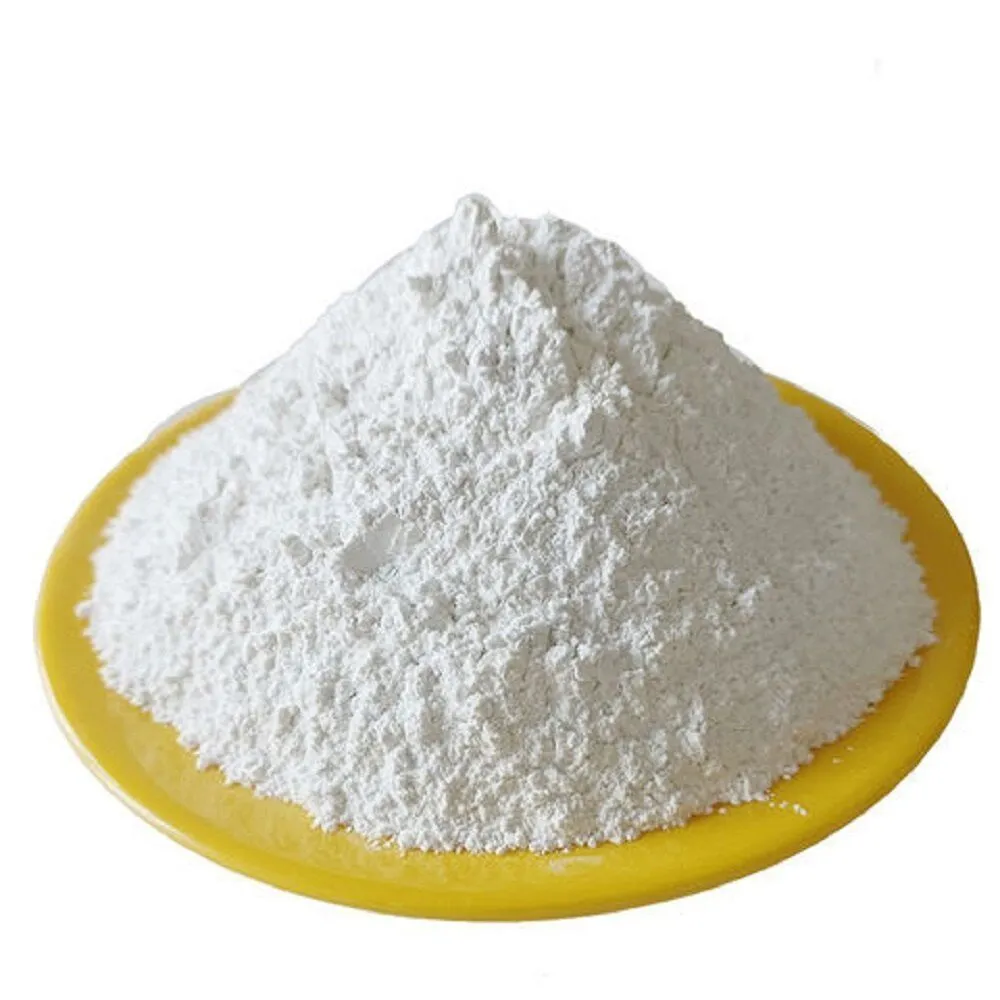What Sets Activated Calcium Carbonate Apart from Regular Calcium Carbonate?

Calcium carbonate is a widely used compound in various industries, from construction to pharmaceuticals. However, the term “activated calcium carbonate” often emerges as a distinct variation of this compound. Understanding the difference between regular and activated calcium carbonate is essential for industries relying on these materials for specific applications.
Composition and Processing
Regular calcium carbonate is a natural mineral that can be extracted from sources such as limestone, marble, and chalk. It is primarily used in its raw form or as a processed powder. In contrast, activated calcium carbonate is modified during production to enhance its properties. This activation process typically involves surface treatment with chemicals to improve its functionality.
Enhanced Properties
One of the key differences lies in the improved properties of activated calcium carbonate. The activation process enhances its dispersion, making it more effective in various applications. It also provides better particle uniformity, which is crucial for industries requiring consistent quality in their products.
Applications in Industry
Activated calcium carbonate is widely used in the plastics, rubber, and paint industries. Its enhanced dispersion and improved compatibility with polymers make it an ideal additive for manufacturing plastic products. Similarly, in rubber production, it enhances the mechanical properties and durability of the final product. In paints, it provides better coverage, reduces costs, and improves the finish.
Environmental and Economic Benefits
Using activated calcium carbonate often results in reduced material consumption and improved efficiency in industrial processes. This not only lowers production costs but also minimizes waste, making it a more environmentally friendly choice. These benefits are why industries increasingly favor activated calcium carbonate over its regular counterpart.
Conclusion
While both regular and activated calcium carbonate have their uses, the latter stands out due to its enhanced properties and broader range of applications. Industries seeking higher performance and efficiency often turn to activated calcium carbonate as a reliable and cost-effective solution.







